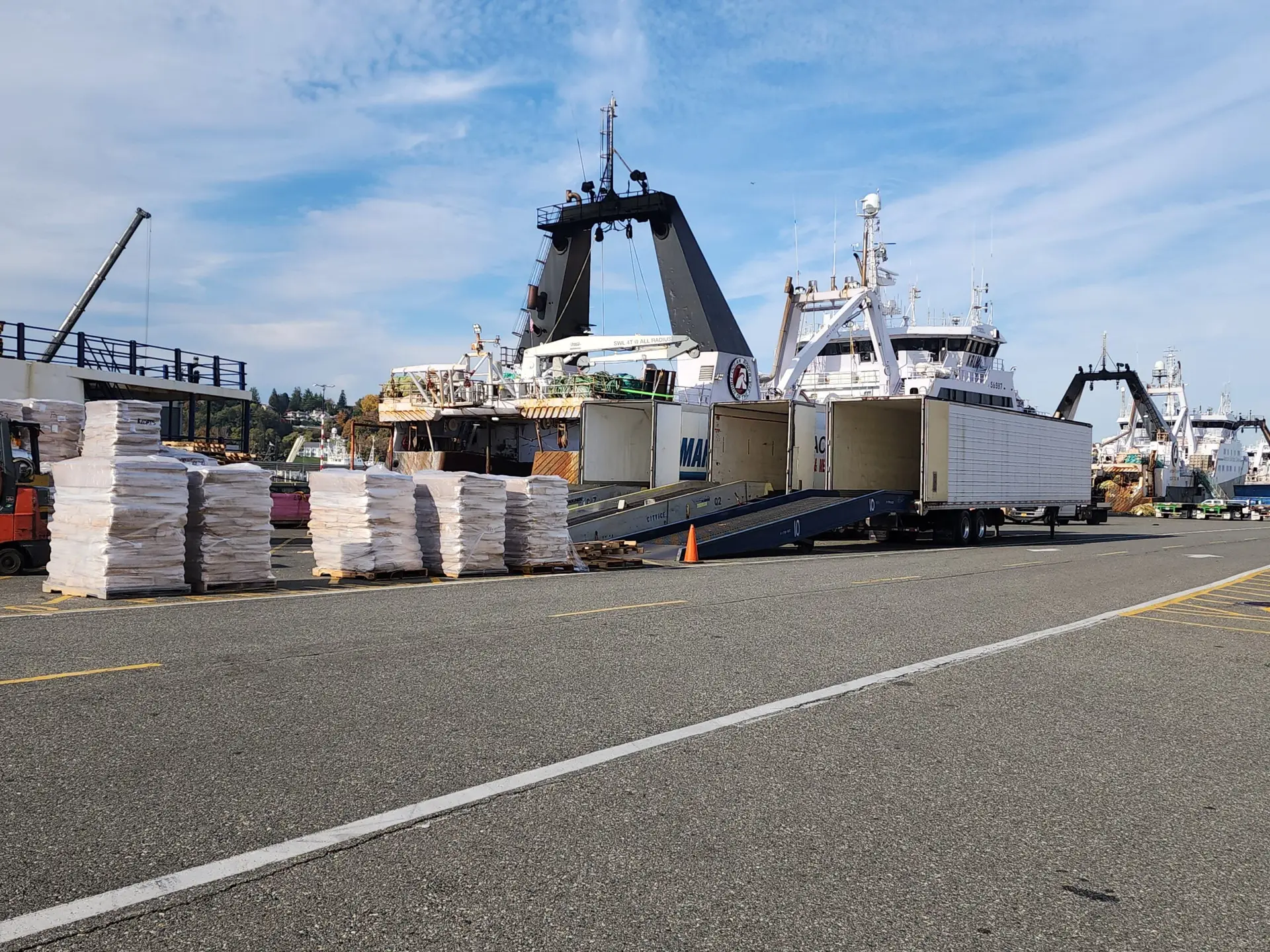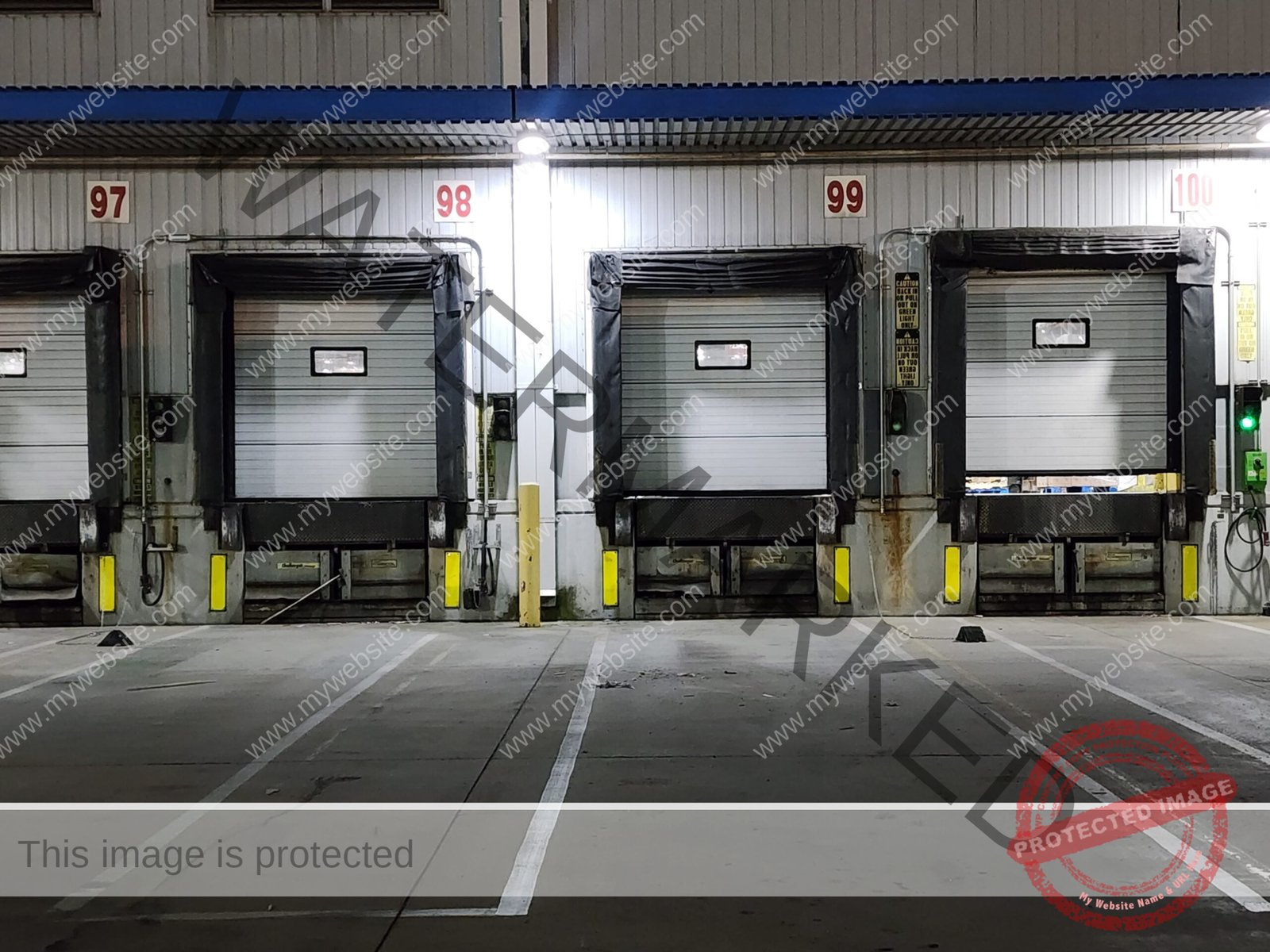The transportation of raw materials often involves detailed logistics networks that traverse vast global distances. Various materials require specific handling and transportation techniques to maintain their integrity and safety throughout the journey.
- Bulk materials like grains or minerals may be transported via ships, trains, or trucks equipped with specialized containers.
- Liquid raw materials, such as crude oil or chemicals, require tanker trucks or pipelines for safe transportation.
- Perishable agricultural products need temperature-controlled environments throughout the transportation process.
Maintaining the quality of raw materials and preventing waste requires proper storage. Different materials have varying storage requirements:
- Some may need climate-controlled environments to prevent degradation.
- Others might require special containment to prevent contamination or ensure safety.
- Certain materials may have limited shelf lives, necessitating careful inventory rotation.
Warehouse management systems (WMS) are necessary for maximizing storage efficiency, monitoring inventory quantities, and facilitating the proper management of materials or products. These systems can assist in executing efficient storage strategies like:
- First-In-First-Out (FIFO) or Last-In-First-Out (LIFO) inventory management
- Zone picking for efficient retrieval of materials
- Cross-docking to minimize storage time for fast-moving materials
Accurate demand forecasting plays a key part in ensuring that inventory levels remain at their best. Overestimating demand can create a surplus of inventory, leading to higher carrying costs, whereas an underestimation may cause stock shortages and delays in production. Effective forecasting methods, such as machine learning algorithms and predictive analytics, are gaining traction for enhancing the accuracy of demand predictions.
Effective inventory management techniques ought to balance the necessity of having enough stock to fulfill production demands while also aiming to reduce holding expenses. Methods like Economic Order Quantity (EOQ) calculations and safety stock assessments play an important part in maintaining this state of balance. Real-time inventory tracking systems, frequently linked with Enterprise Resource Planning (ERP) software, offer insights into current stock levels and assist in making knowledgeable decisions regarding reordering and replenishment.
Transporting raw materials internationally often involves navigating complex laws and regulations and managing a substantial amount of paperwork. This holds especially true for materials classified as hazardous or those that face trade restrictions. Adhering to regulations including:
- International Maritime Dangerous Goods (IMDG) Code for sea transport
- Dangerous Goods Regulations (DGR) for air transport
- Various national and regional environmental and safety regulations
Requires mindful detail and current awareness of evolving regulations. Accurate documentation, such as certificates of origin, material safety data sheets (MSDS), and customs declarations, plays a major part in ensuring smooth cross-border transportation of materials or products.








